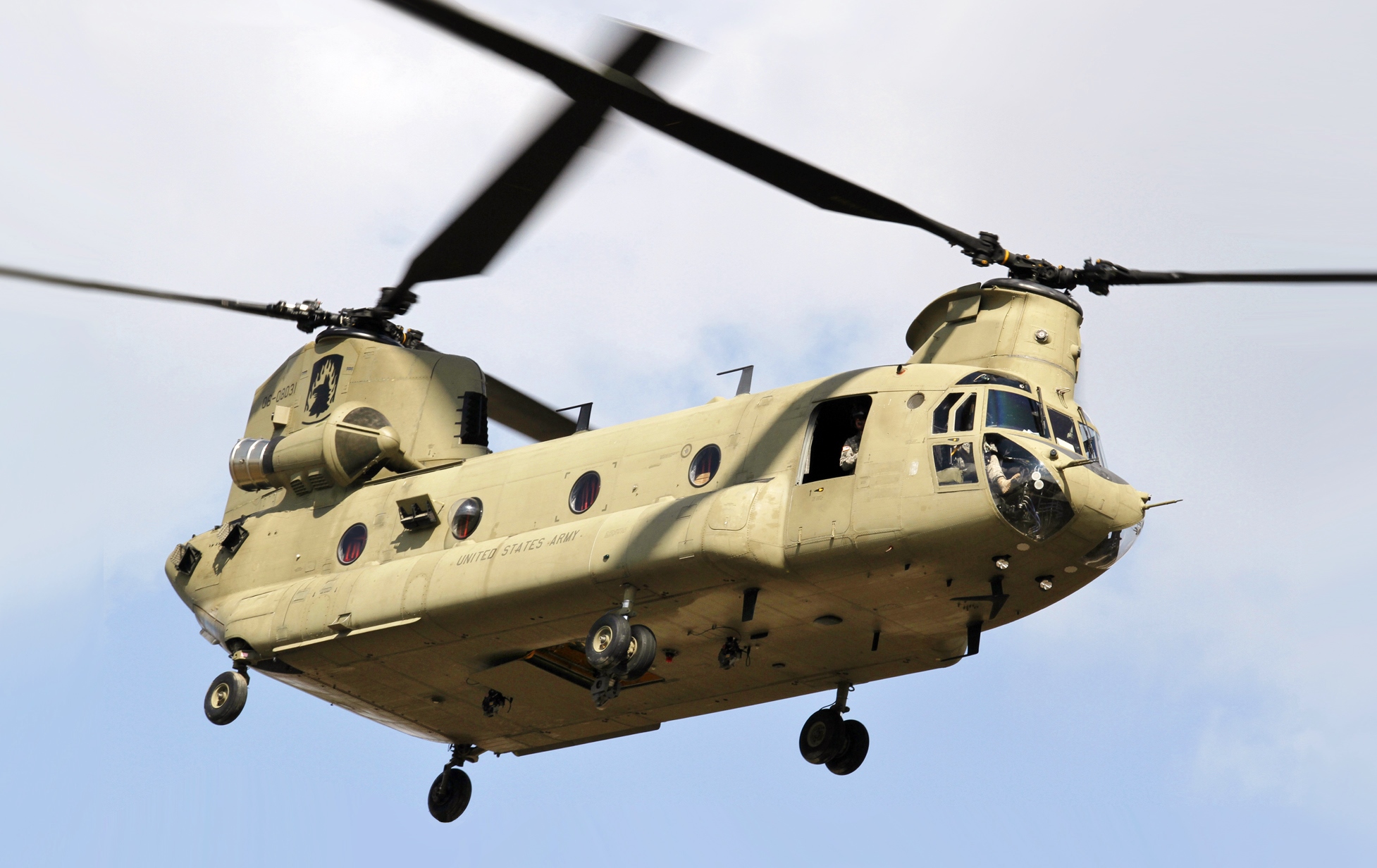Yeah. We really shouldn't be talking about domestic aircraft production.
Domestic production of armored cars, we can do, but jet fighters are
hard to build, in a way that I'm not sure most people really understand. They require very large bulk quantities (as in, tons and tons) of very precisely shaped parts made out of very special materials
I think we will need the best we can afford for the inevitable Russian reprisal, so I wouldn't write it off yet.
The thing to remember is that we have a "1970s tech base" in that the most advanced and impressive things we can do entirely for ourselves are like things that could be done in the 1970s. That's not the same as "we can build anything the US could build in the early 1970s."
In particular,
large objects, such as Saturn V moon rockets or B-1 strategic bombers, will require heavy industrial facilities the likes of which the Victorians surely would have sabotaged (and more to the point, assassinated anyone who tried to fix them). For instance, the heavy industrial presses referenced under
Old Relics were originally subsidized by the government
specifically for the purpose of building certain parts of a military aircraft. Without those facilities, and the rest of an expert aerospace industry, we'd be hard-pressed to duplicate the aircraft.
Likewise for
mass production, again because that requires large facilities that would be prime targets for sabotage, since the Russians and Victorians were specifically trying to reduce Chicagoland to a state of economic inefficiency to stop us from building our way out of poverty any time soon.
Btw,
@PoptartProdigy, have the Russians figured out how to make their nuclear-powered nuclear missile yet?
To be perfectly honest, I have no idea.
Picture something like
Project Pluto. Air gets sucked in the front end of the engine, is heated by a nuclear reactor, and is expelled out the back as something a bit like rocket exhaust. This can in principle be used to propel an aircraft around the sky for days or weeks without refueling. As such, it has many of the advantages of a manned nuclear bomber (you can launch it and have it ready to go with minimal risk of being taken out in a sneak attack, but also
call it off if it turns out the nuclear crisis was a horrible misunderstanding), but doesn't have to constantly take off and land from very vulnerable airfields.
Such a design would tend to bypass traditional anti-ballistic-missile defense systems that are intended to shoot down nuclear warheads 'falling' along fixed trajectories after being launched by traditional ICBM-style rockets. It would instead behave more like a high performance jet fighter, with the potential to zig-zag or dodge to evade intercepting defense systems.
Actually a bit like the nuclear cruise missiles you had the Aramaians launch at Tastreya over in DBAE, only with effectively unlimited range and the ability to keep them circling over international waters for weeks at a time like a megaton-range Sword of Damocles that could fall on the enemy at any moment while being virtually impossible to put out of action.
This is technology present-day Russia is now working on, and it's not unlike something the US was working on sixty years ago. The main reason no one's ever done it isn't because it'd be impossible. It's because it'd be a major escalation of nuclear threat capability, and no one really wanted to open that particular drawer on the outside of Pandora's box.







